What Mount Is The Nikon D3200?
The Nikon D3200 is an entry-level DSLR camera designed for photographers who are looking to step up from point-and-shoot cameras or smartphones. Knowing the type of mount a camera uses is essential for expanding your lens collection and ensuring you can make the most out of the photographic capabilities of your device. For Nikon D3200 users, understanding the mount type can open up a world of possibilities, enabling you to capture everything from landscape scenes to intimate portraits with greater precision and creativity.
The Nikon D3200 employs the Nikon F-mount, a classic and versatile lens mount that has been in use since the late 1950s. This long-standing and widely supported mount provides users with access to an extensive variety of lenses, both from Nikon and third-party manufacturers. Below, we delve into the practical aspects of the Nikon F-mount, the types of lenses that are compatible with the D3200, and tips for selecting the right lenses to meet your photographic needs.
Understanding the Nikon F-mount
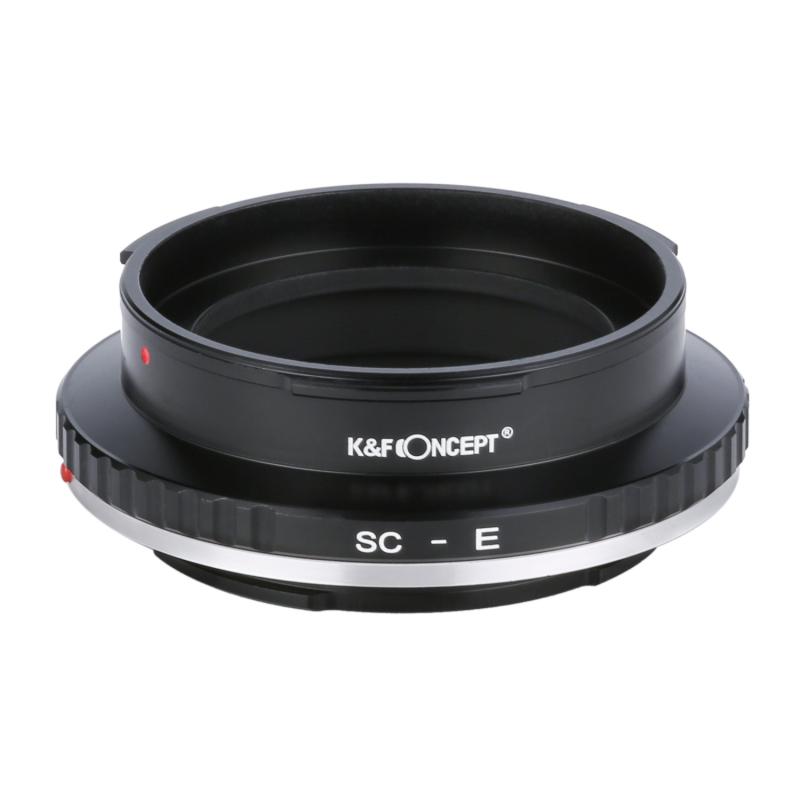
The Nikon F-mount was introduced in 1959 with the Nikon F camera, and it has persisted as the primary mount for Nikon's DSLR cameras. This bayonet-style mount is known for its robust design and backwards compatibility, meaning that many older lenses can be used with modern Nikon cameras. This compatibility extends to the D3200, making it an appealing choice for photographers who wish to explore an extensive range of lenses without needing to invest in new ones specifically designed for their digital camera.
Types of Compatible Lenses
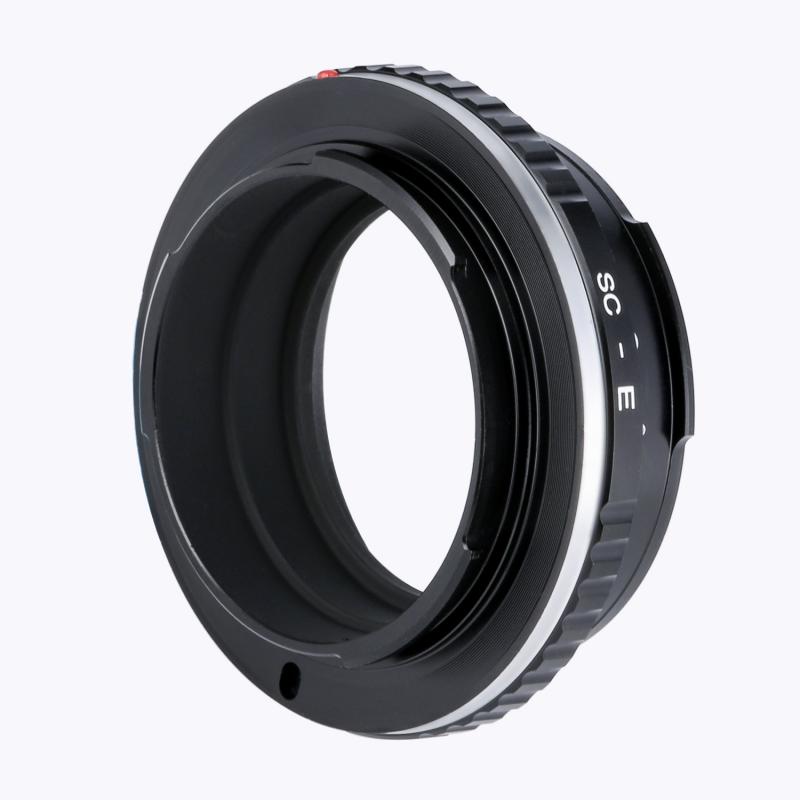
When considering lenses for the Nikon D3200, it is important to be aware of the different categories available within the Nikon F-mount system. Here are some key types:
1. AF-S and AF-I Lenses:
These lenses come with an internal autofocus motor. Since the D3200 does not have a built-in autofocus motor, AF-S and AF-I lenses are the best options for ensuring that autofocus functions properly. They provide fast and accurate focus, making them suitable for various photography styles, from portrait to wildlife photography.
2. AF Lenses:
While older AF lenses can still mount on the D3200 and work in manual focus mode, they do not support autofocus with this camera because they require a built-in camera motor—which the D3200 lacks.
3. DX and FX Lenses:
Nikon’s DX lenses are designed specifically for cameras with APS-C sensors, like the D3200. These lenses are smaller, lighter, and often more affordable. FX lenses are designed for full-frame cameras but can be used with the D3200 with some cropping. Using FX lenses on a DX-format camera can result in using only the central part of the lens, often regarded for better image quality in the center of the frame.
4. Manual Focus Lenses:
Nikon’s F-mount allows for the use of older manual focus lenses. These lenses do not offer autofocus but can be a cost-effective way to explore different focal lengths and styles since many manual lenses can be found at a lower price than modern autofocus versions.
Tips for Selecting the Right Lenses
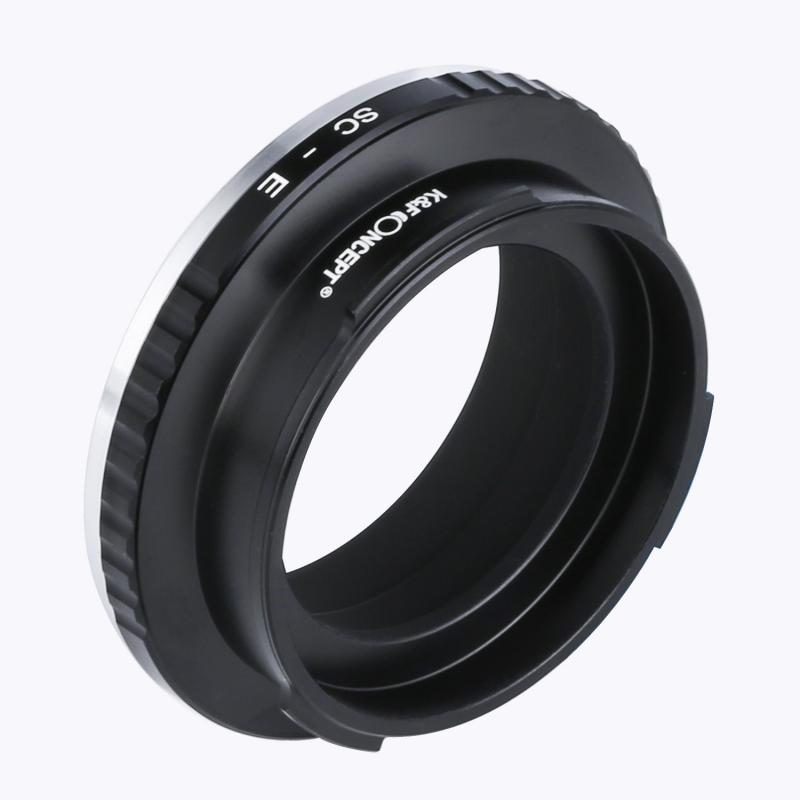
1. Consider the Subject:
- For portraits, a prime lens like the Nikon AF-S DX NIKKOR 35mm f/1.8G can provide excellent sharpness and beautiful bokeh.
- For landscapes, a wide-angle lens such as the Nikon AF-S DX NIKKOR 10-24mm f/3.5-4.5G ED is ideal to capture expansive scenes.
2. Versatility:
- A standard zoom lens, such as the Nikon AF-S DX NIKKOR 18-55mm f/3.5-5.6G VR II, offers versatility for general photography, from portrait to landscape.
3. Special Purpose:
- Macro lenses, like the Nikon AF-S DX Micro NIKKOR 40mm f/2.8G, are perfect for close-up shots and capturing fine details.
- Telephoto lenses, such as the Nikon AF-S DX NIKKOR 55-200mm f/4-5.6G ED VR II, are great for shooting distant subjects, such as wildlife or sports events.
4. Third-Party Options:
- Consider lenses from third-party manufacturers such as Sigma, Tamron, and Tokina. These companies produce high-quality lenses that are often more affordable than Nikon’s own offerings. Ensure they are designed specifically for the Nikon F-mount.
The Nikon D3200’s use of the F-mount offers photographers a broad spectrum of lens options, providing both flexibility and potential for creative growth. Whether you’re a hobbyist exploring different genres of photography or someone looking to take more professional-grade photos, the availability of various lenses—from wide-angles to telephotos and primes to macros—allows you to tailor your gear to meet specific needs.
Understanding the types of compatible lenses and knowing how to select the right ones for different scenarios can significantly impact the quality of your images. Therefore, investing time in exploring your lens options and learning the specific features and advantages of each can help you make more informed decisions, ultimately enhancing your photography experience with the Nikon D3200.


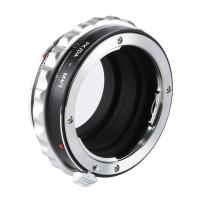
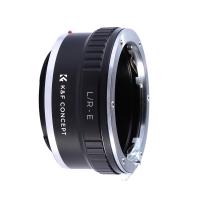
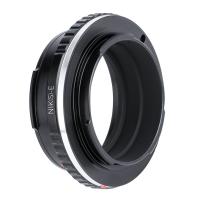
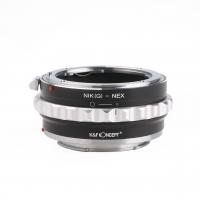
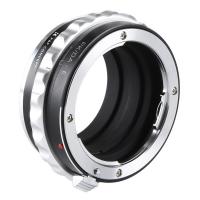
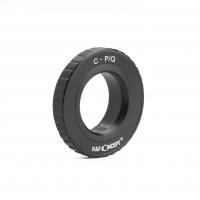
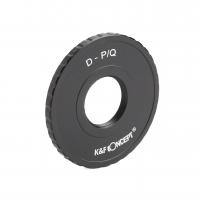
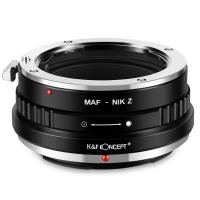
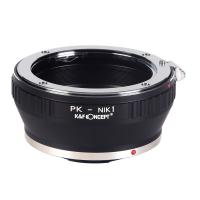
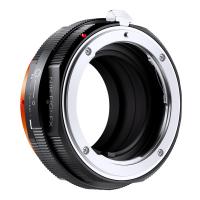



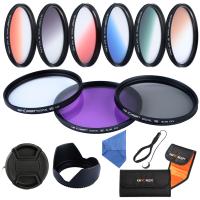
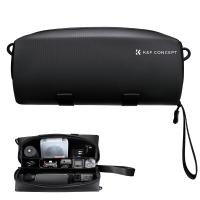
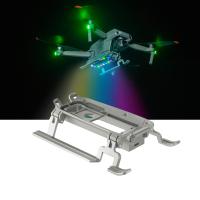

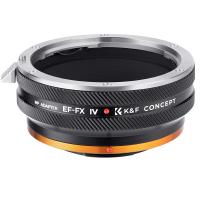

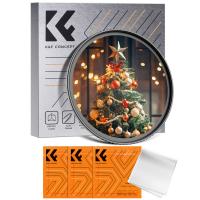
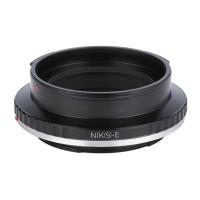
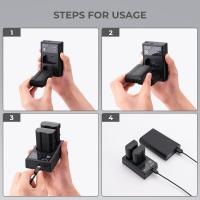
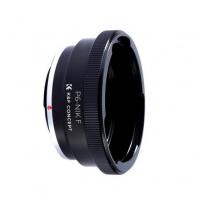
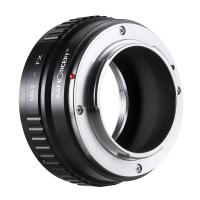


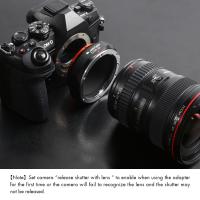




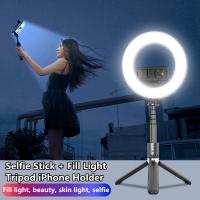
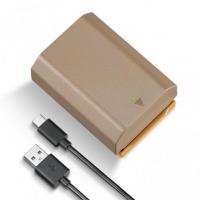


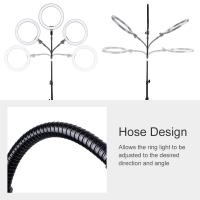
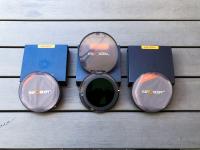

There are no comments for this blog.